Top 10 Longest Bridges In The World 2025
By ICON TEAM | Published on Jun 13, 2025
List Of Top 10 Longest Bridges In The World:
Bridges are engineering wonders that link far-off beaches, promote trade, and represent human genius. The longest bridges in the world represent the height of contemporary building, with elaborate designs spanning rough terrain and expansive structures over enormous amounts of water. The top ten longest bridges in the world are examined in this article, along with information on their lengths, localities, uses, and distinctive characteristics. The range and aspirations of building bridges across continents are demonstrated by these architectural giants, which are listed by total length as of 2025.
1. Danyang–Kunshan Grand Bridge (China) – 164.8 km (102.4 miles):
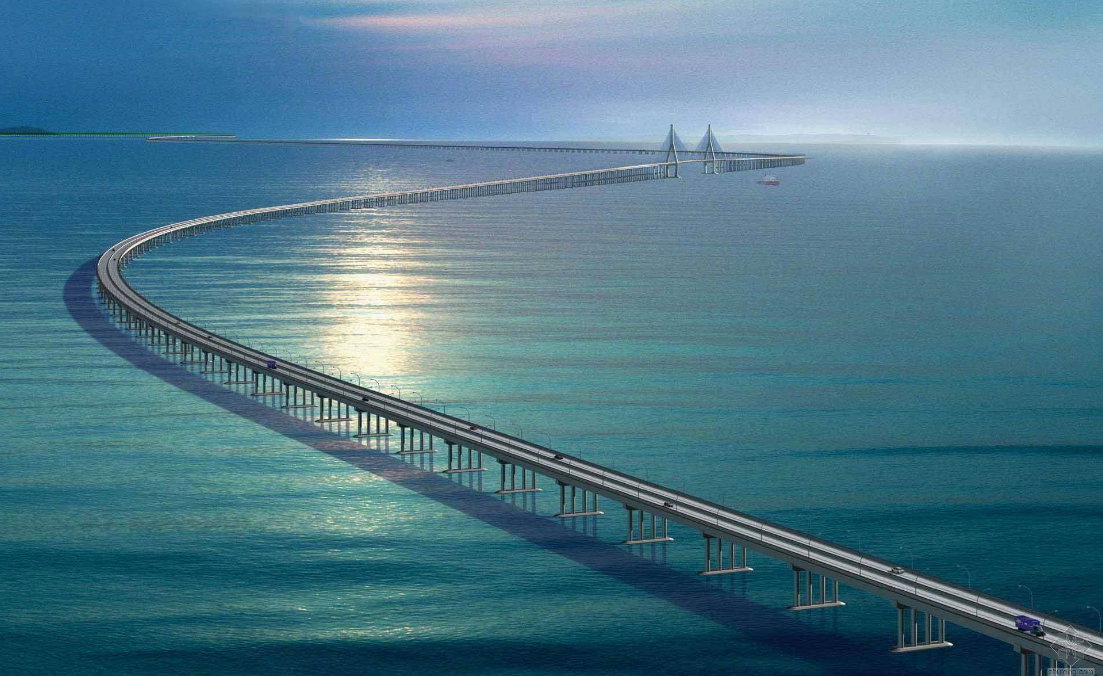
The Danyang–Kunshan Grand Bridge, which runs an incredible 164.8 kilometers along China's Beijing–Shanghai High-Speed Railway, is the longest bridge in the world. This viaduct-style bridge, which connected the cities of Danyang and Kunshan in Jiangsu Province, was finished in 2010 and opened in 2011. The bridge crosses rice terraces, canals, rivers, and lakes, including portions of Yangcheng Lake, and is built to support high-speed trains moving at up to 350 km/h. Approximately $8.5 billion was spent on its construction, which employed 10,000 people and made efficient use of precast concrete parts. Although its practical design puts functionality above aesthetics, the bridge's enormous length and minimal curve demonstrate China's supremacy in high-speed rail infrastructure.
2. Changhua–Kaohsiung Viaduct (Taiwan) – 157.3 km (97.8 miles):
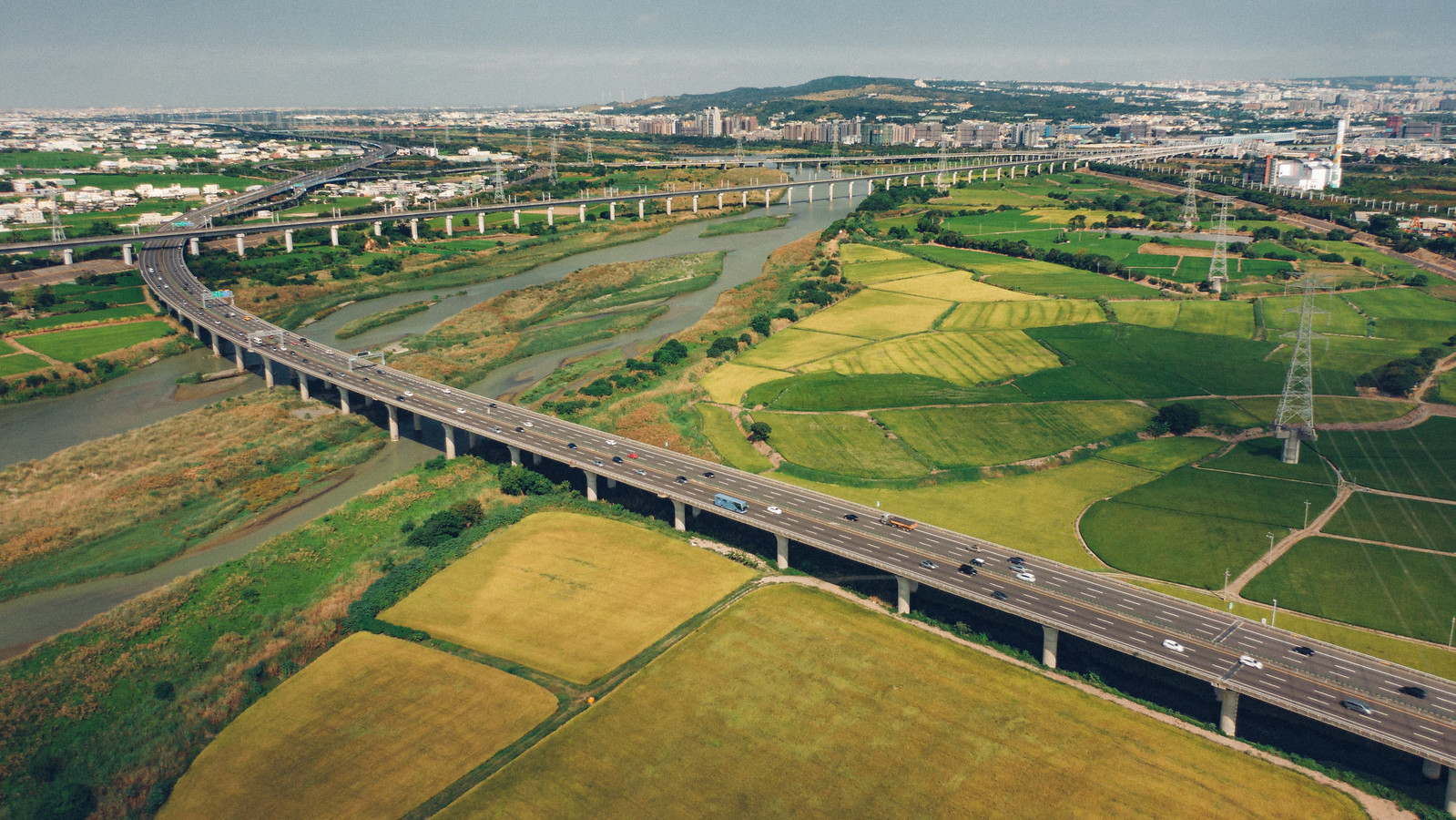
At 157.3 kilometers, the Changhua–Kaohsiung Viaduct in Taiwan, which is a component of the Taiwan High-Speed Rail system, is the second-longest bridge in the world. This elevated bridge, which was finished in 2004, connects important cities including Taipei and Kaohsiung along Taiwan's western corridor. The viaduct's sturdy pillars and flexible joints are designed to withstand earthquakes, which is an important factor in Taiwan's seismically active environment. The bridge spans a variety of terrain, including coastal plains and metropolitan regions, and can carry trains at up to 300 km/h. Careful planning was necessary during construction to guarantee safety and reduce the impact on the environment. This viaduct is a vital component of Taiwan's contemporary transportation system, while receiving less attention than its Chinese counterpart.
3. Kita–Yaita Viaduct (Japan) – 114.4 km (71.1 miles):
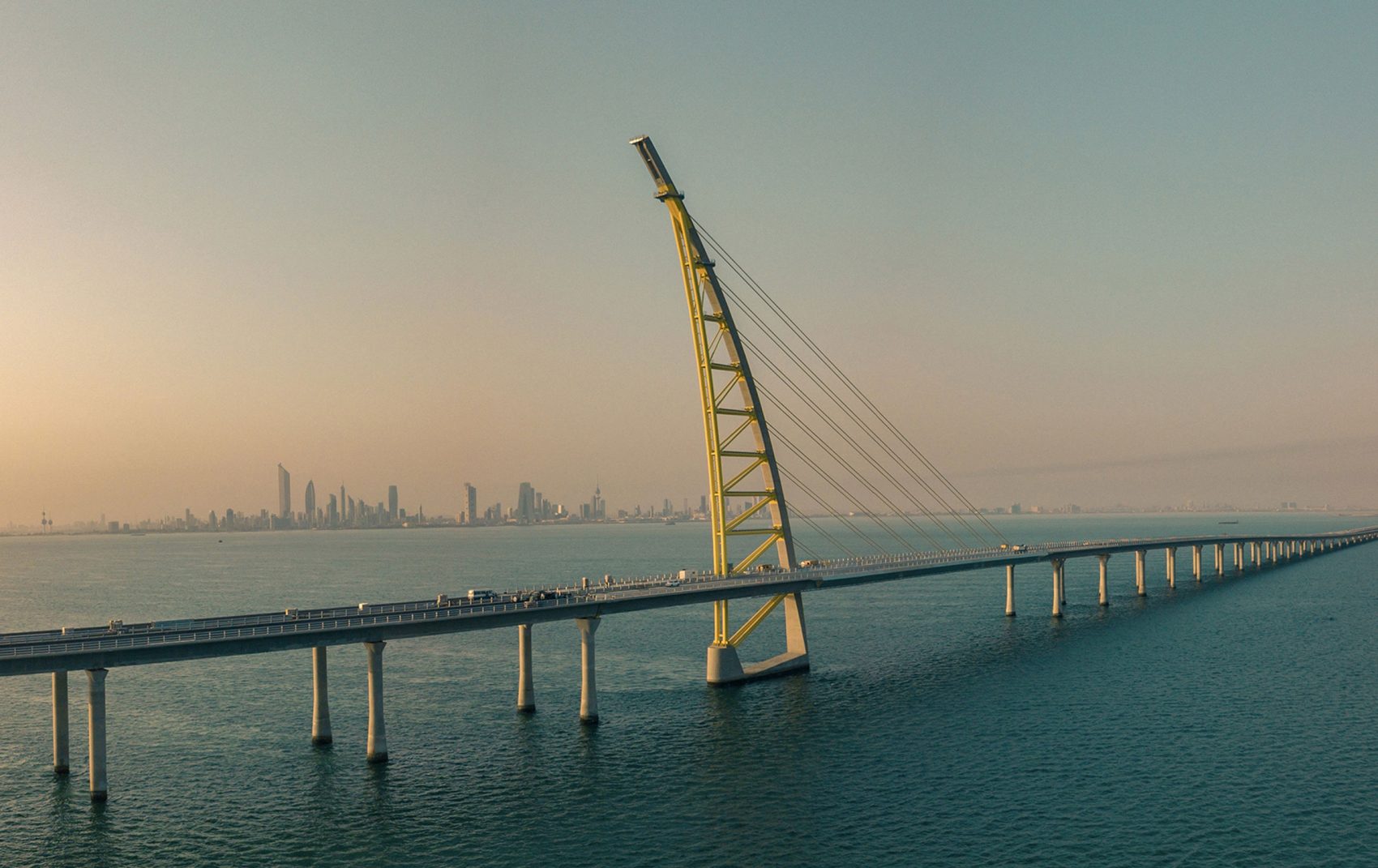
With a length of 114.4 kilometers, the Kita–Yaita Viaduct, which is a component of Japan’s Tohoku Shinkansen high-speed rail line, comes in third. Bullet trains between Tokyo and Aomori are supported by this bridge in northern Japan. The viaduct, which was partially finished in the 1980s and 1990s, is built to withstand Japan's severe winters and regular earthquakes. In addition to minimizing ground disturbance, its raised structure offers a sturdy platform for trains traveling up to 320 km/h. The Kita–Yaita Viaduct, which combines cutting-edge engineering with environmental awareness in an area vulnerable to natural disasters, is a prime example of Japan's proficiency in high-speed rail.
4. Tianjin Grand Bridge (China) – 113.7 km (70.6 miles):
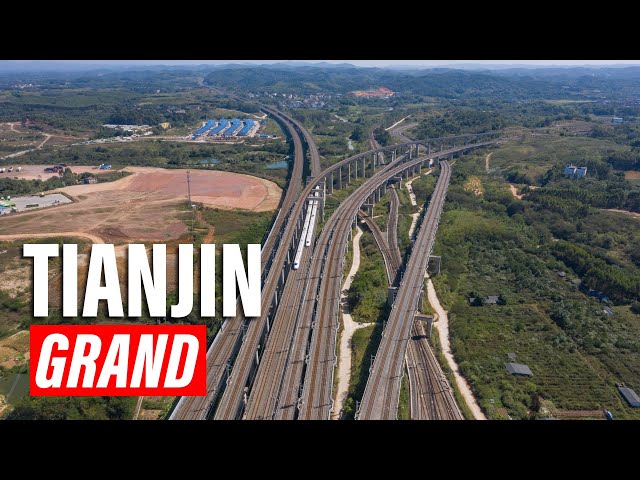
The Tianjin Grand Bridge, which runs 113.7 kilometers along the Beijing–Shanghai High-Speed Railway, is another colossus of China's high-speed rail system. This viaduct, which runs through Tianjin, was finished in 2010 and opened in 2011 to link Langfang and Qingxian in Hebei Province. Its modular design, which includes prefabricated concrete parts, allows for quick construction, much like the Danyang–Kunshan Bridge. In order to provide smooth rail travel at up to 350 km/h, the bridge maintains a constant elevation while crossing wetlands, rivers, and farms. The Tianjin Grand Bridge, which cost about $7.3 billion, is a prime example of China's investment in smooth, high-capacity transit systems.
5. Weinan Weihe Grand Bridge (China) – 79.7 km (49.5 miles):
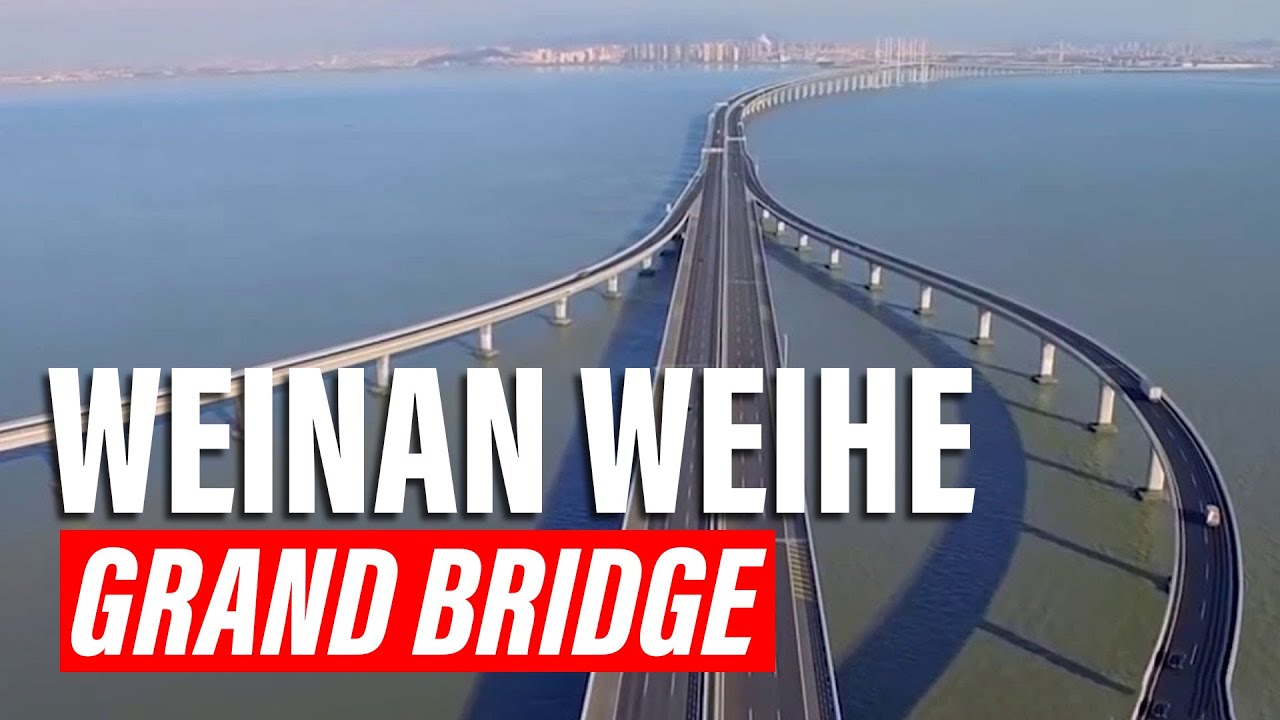
Situated in Shaanxi Province, the Weinan Weihe Grand Bridge is a 79.7-kilometer viaduct on the Zhengzhou–Xi’an High-Speed Railway in China. The bridge, which was finished in 2008 and completed in 2010, mostly spans the Wei River several times in addition to other waterways and roads. Its repeated, robust design allows it to withstand the region's varied terrain and sporadic seismic activity, and it was built for trains moving at 350 km/h. In order to stabilize its long spans, the bridge, which cost about $5 billion to build, required sophisticated technology. Despite being less well-known than other Chinese bridges, it is essential for linking the economic centers of central China.
6. Bang Na Expressway (Thailand) – 54 km (33.5 miles):
The longest road bridge in the world is the Bang Na Expressway, sometimes called the Burapha Withi Expressway, a 54-kilometer elevated highway in Thailand. This six-lane building in Bangkok was finished in 2000 with the goal of reducing traffic in the busy metropolis. The Bang Na Expressway, which transports automobile traffic and has a toll system to pay for upkeep, differs from train viaducts. The bridge, which cost about $1 billion, has a simple design with a wide roadway supported by concrete pillars. Although it lacks the aesthetic appeal of suspension bridges, its length and practicality make it an essential conduit for commuters in Bangkok.
7. Beijing Grand Bridge (China) – 48.2 km (29.9 miles):
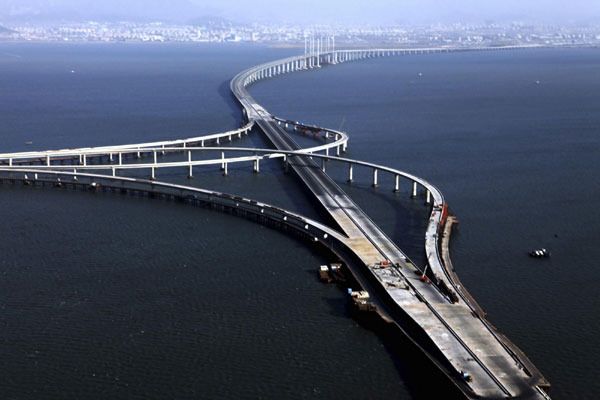
Beijing and Langfang in Hebei Province are connected by the 48.2-kilometer Beijing Grand Bridge, a viaduct on the Beijing–Shanghai High-Speed Railway. This bridge was finished in 2010 and opened in 2011 to accommodate 350 km/h high-speed trains. With prefabricated concrete segments that guarantee quick construction, its design is similar to that of other Chinese rail viaducts. The bridge, which spans both urban and rural areas, keeps its elevation constant to reduce disturbances. It is a crucial component of China's vast high-speed rail network and costs about $3.5 billion, demonstrating the nation's emphasis on effective intercity connectivity.
8. Grand Messe Viaduct (Portugal) – 36.7 km (22.8 miles):
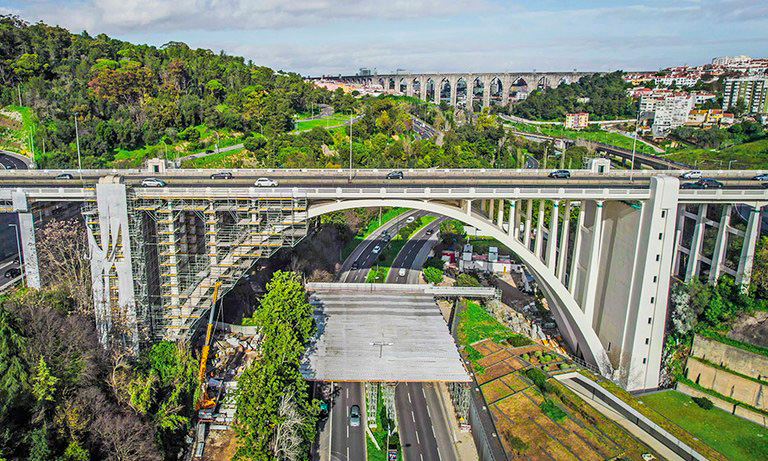
The Grand Messe Viaduct, which is 36.7 kilometers long and a part of Portugal's Lisbon–Porto High-Speed Rail line, is the longest bridge in Europe. This viaduct, which was finished in 2015, connects metropolitan areas with northern Portugal and can carry trains at up to 250 km/h. The bridge's low-profile arches and strong pillars were intended to help it cross the nation's uneven terrain. In order to preserve surrounding ecosystems, significant environmental planning was necessary throughout its €2.1 billion development. Europe's increasing investment in high-speed, environmentally friendly train infrastructure is demonstrated by the Grand Messe Viaduct.
9. Manchac Swamp Bridge (USA) – 36.7 km (22.8 miles):
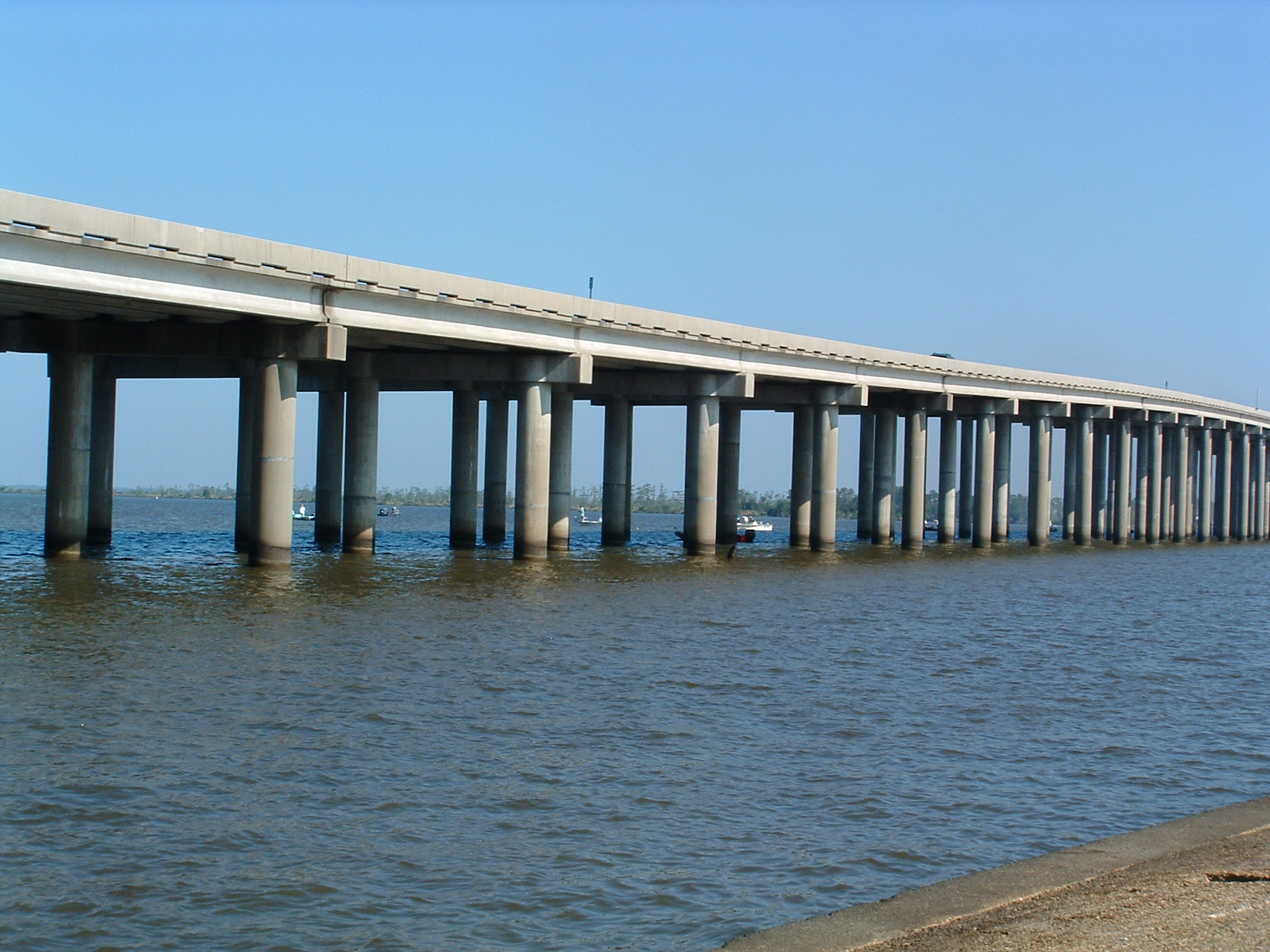
At 36.7 kilometers, the Manchac Swamp Bridge in Louisiana, USA, is tied for ninth position. This low-level causeway, which was finished in 1979, spans the Manchac Swamp, a large wetland that is alive with cypress trees and alligators, and connects Interstate 55. Thousands of pilings buried deep in the soft soil of the marsh support the bridge's twin concrete trestles. Its straightforward design, which at the time cost $70 million, puts stability first in the difficult, wet climate. The Manchac Swamp Bridge is a vital link for regional traffic and a singular example of engineering in harsh conditions, despite not being a high-speed marvel.
10. Lake Pontchartrain Causeway (USA) – 38.4 km (23.9 miles):
The 38.4-kilometer Lake Pontchartrain Causeway in Louisiana, USA, is frequently regarded as one of the longest bridges over water in the world. This causeway, which was finished in 1956 and a second parallel bridge was completed in 1969, links Metairie and Mandeville and makes it easier for commuters to go to New Orleans. More than 9,000 concrete pilings support the bridge's two low-level roads. It needs frequent repair because of its length and open water exposure, which render it susceptible to hurricanes. The causeway, a feat of engineering in the middle of the 20th century, continues to be an essential transit route and a picturesque drive for tourists.
Comments 0